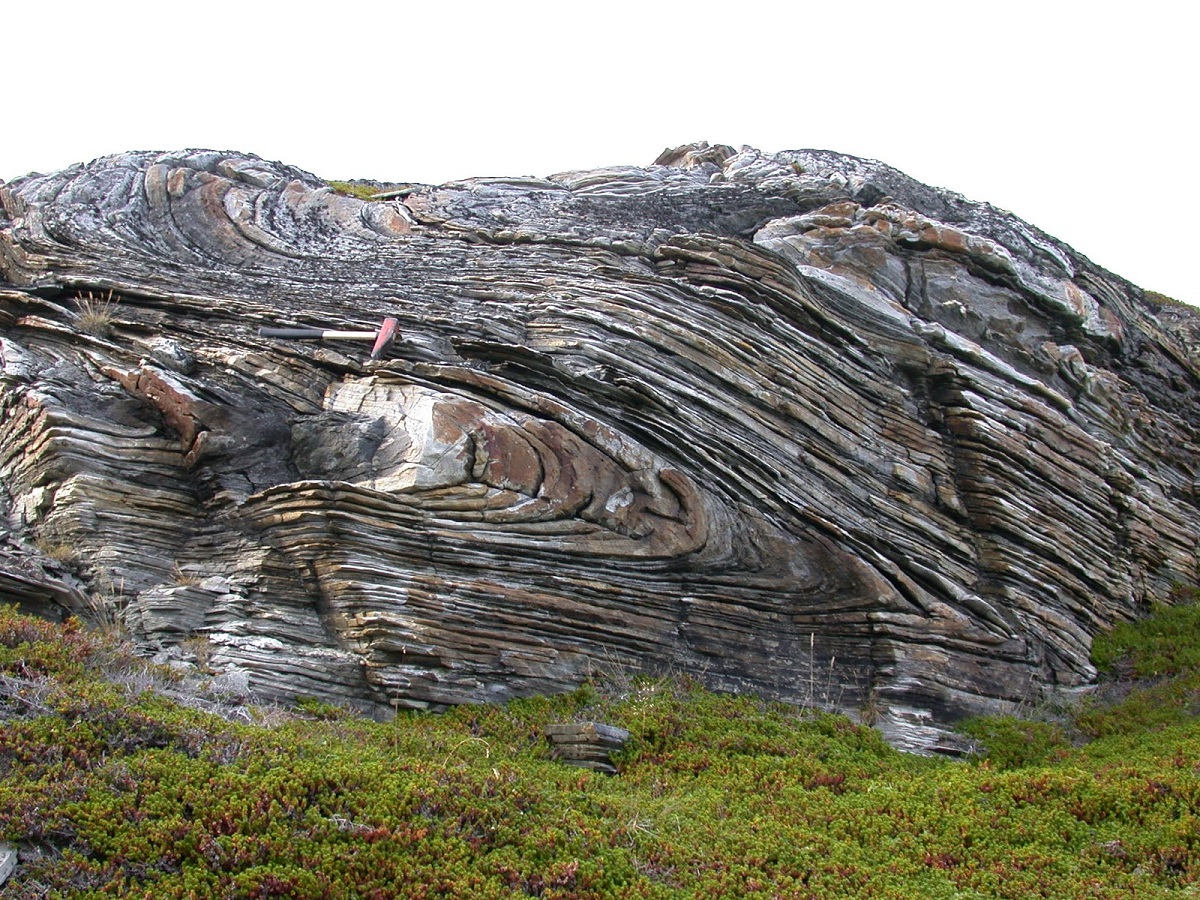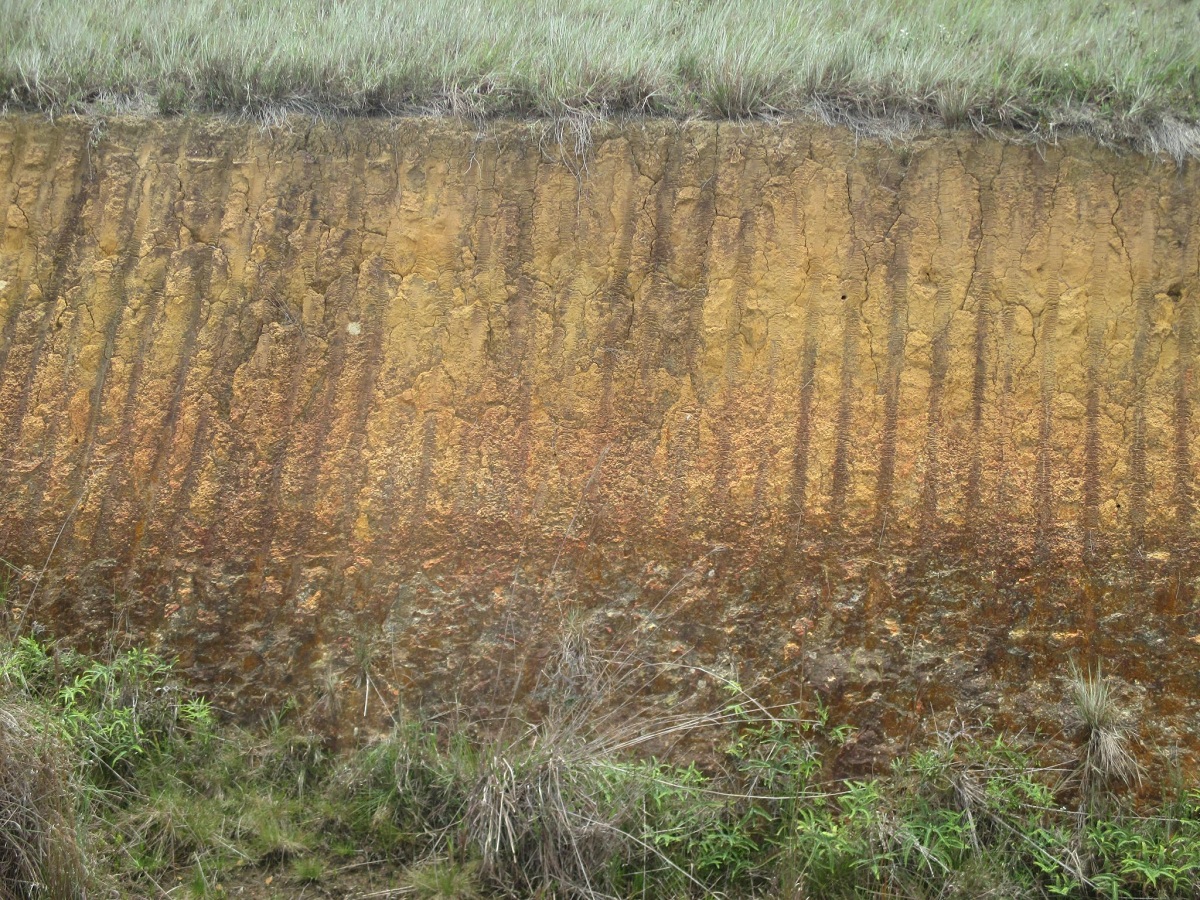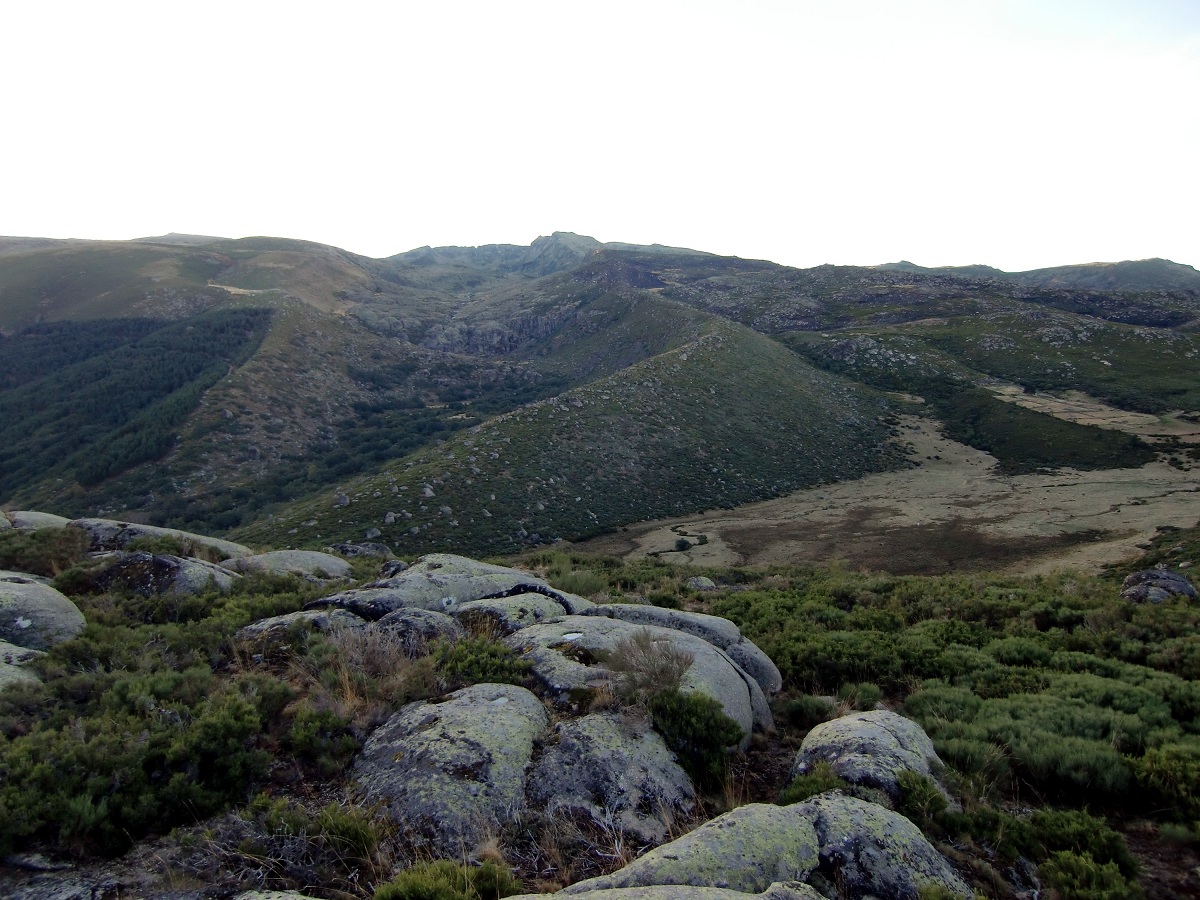
Within the science we know as geology there are various branches that deepen the study of the inert part of our planet. One of these branches is the structural geology. It is a branch of geology that is directly related to the geological discipline that deals with the analysis of the structure of soils, rocks, and geotechnics. It is a quite important branch of science in terms of geology to be able to understand the origin and formation of deposits and how the current topographic model of the earth's surface was formed.
In this article we are going to tell you all the characteristics and importance of structural geology.
Key features

Structural geology is very important in the field of civil engineering since it is the basis of construction projects for buildings, bridges, dams, roads, etc. and It serves as a tool for prevention and mitigation in the control of geological risks.
Structural geology is one that includes all the processes and elements that are related to the tectonic forces that are present in the earth's crust. We remember that the plate tectonics theory tells us that the earth's crust is made up of tectonic plates that move over time thanks to the convection currents of the Earth's mantle.
Structural geology is based on the structure of the earth's crust or of a certain region. Analyze the uplifts of foliations, lineations and other tectonic elements. It also analyzes the deformation that exists in the tectonic plates thanks to the rocks present. It is capable of recognizing all the tectonic structures that exist in a sector, whether due to faults or joints, among others.
Thanks to structural geology, great information can be learned about all the processes and elements that are related to tectonic forces. All geological structures are specially analyzed to clarify the action of the various forces directed during geological history. These analyzes have great scientific value and can aid prospecting and exploration. And it is that many deposits need a certain participation on the part of a determined tectonic environment to form.
Geotechnics is also an important field in structural geology. It is based on the study of the quality of the rock. That is, the way in which the rock breaks or the behavior of the rock fractures. These characteristics are especially important in the field of mining or tunnel excavation, as it is necessary to have a detailed study of whether the rock is capable of supporting works and remains stable. A study must be carried out to assess the possible risk of collapse.
Importance of stresses in structural geology

When we speak of efforts we refer to the force that is applied in a certain area of a rock. This force can come from geological agents external or tectonic stresses. The unit of measurement used in these cases is the kilogram per square centimeter.
Depending on the nature of these applied stresses, it can be recognized in three varieties: compression, tension and shear.
- Compression: it is the stress to which rocks are subjected when they are compressed by forces that are directed against each other along the same line. When this occurs naturally, it tends to cut in the direction of stress through the formation of various folds or faults. This depends on the behavior of the rock, whether it is ductile or brittle.
- Tension: the tensile stress is the result of the forces that act along the same line but have opposite directions. The effort acts on the rock lengthening and separating.
- Shears: is the effort that acts in parallel but in opposite directions. This type of stress results in deformation by displacement along closely spaced planes. Many shear stresses are the immediate consequence of an earthquake.
Importance of rock deformation in structural geology

Another important section when doing geological studies is the deformation of the rocks. Deformation is used as a term that refers to the changes it can cause in both the shape and volume of a rock. These changes come as a result of applied effort. With this applied stress, a rock is capable of fracturing or forming into a fold.
The deformation of a rock will be when the intensity of the effort is greater than the resistance that the rock is capable of granting.
The conditions and environments in which the rock formation takes place are quite varied. This is because they can be found from surface levels to even 40 kilometers deep. The variables that act on this geological process are generally the pressure and temperature conditions under which these processes develop. In order to understand and interpret the formation conditions of each geological structure, it is essential that we associate it with a structural level, hence it is called structural geology.
A structural level is each part of the crust in which the dominant mechanisms of the deformation of a rock remain the same. That is, the term level is the one that refers to the different domains that are superimposed on each other. If we consider the surface of our planet as the upper limit and make the center of the planet the deepest zone, there are 3 structural levels.
- Upper structural level: It is located on the surface of the ground and serves as a reference with a low pressure and temperature. Here the rocks have a brittle behavior and faults predominate.
- Medium structural level: it is located at a quota level from 0 to 4.000 meters. The predominant mechanism is the bending of the rocks due to their behavior or ductile. Folds are also characteristic.
- Lower structural level: It is considered as the level of metamorphism and is between 4.000 and 10.000 meters deep. The most superficial levels of this structural level predominate the flattening of the rocks with an upper front of schistosity. As we go deeper, we do not find a predominance of flow structures that contain folds accompanied by schistosity and foliation.
I hope that with this information you can learn more about structural geology.